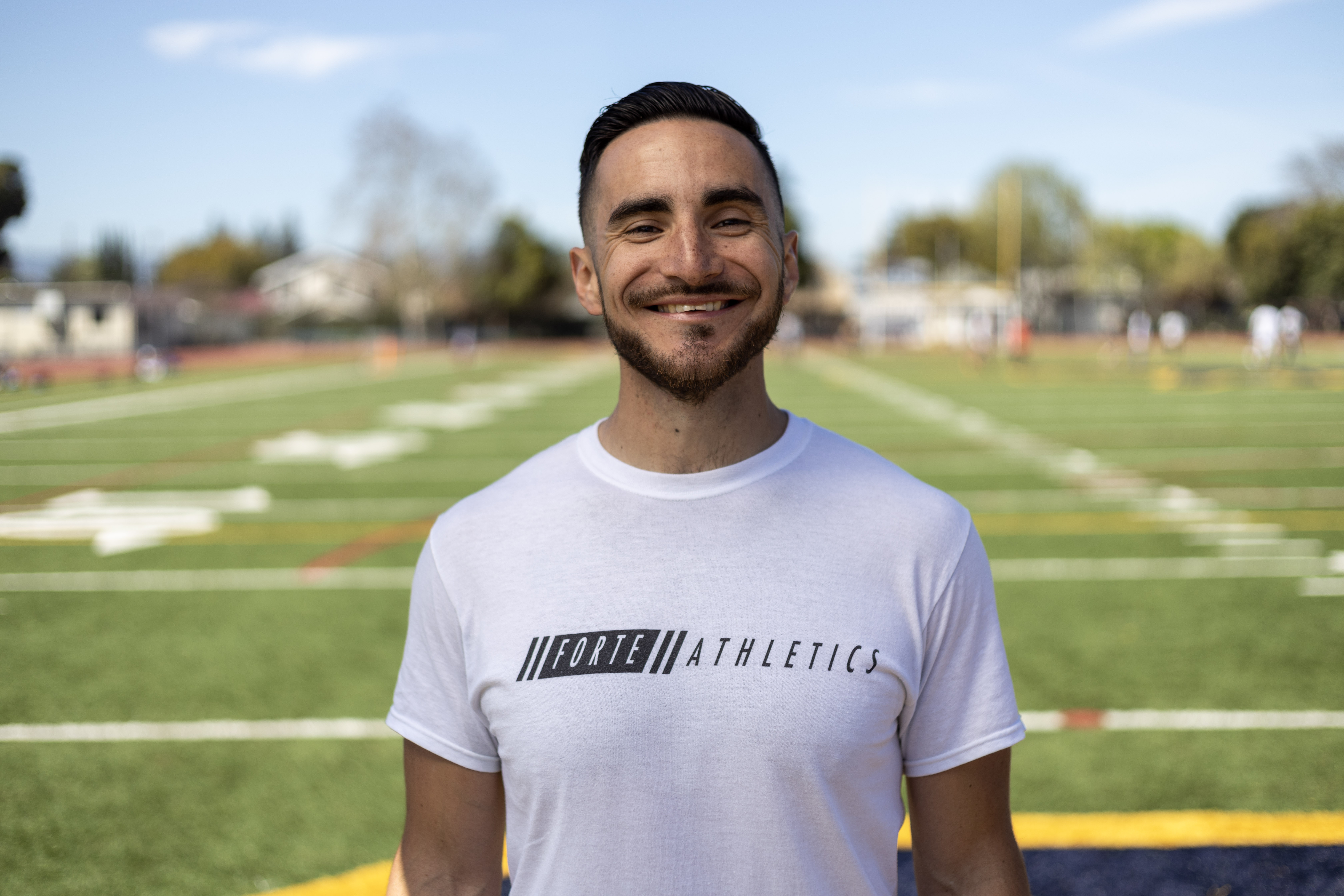Many times, students look like they’re turning their instruments toward the side of the bleachers instead of the press box. It’s not because they’re lazy or not trying—it’s because their bodies can’t rotate properly. That twisting motion is called rotational mobility, and it’s super important for wind players who march with a sliding technique.
What Is Rotational Mobility?
Think of rotational mobility as your body’s ability to twist or turn. This mainly happens in your:
Spine: The bones in your back that help you stand up straight.
Hips: The joints where your legs meet your body.
When your spine and hips can move easily, you can point your instrument forward and keep your body in the correct marching position while sliding.
Why Does It Matter for Wind Players?
Better Posture
Good posture helps your sound project to the audience.
If you can’t twist enough, your chest & instrument might point sideways instead of forward.
Over time, this twisting problem can cause back or hip pain, too.
Easier Breathing
Did you know your ribs attach to your spine?
If your spine can’t move well, your ribs can’t expand as much—making it harder to take deep, full breaths.
More mobility in the spine means fuller breaths, which helps you play with a richer sound.
Smooth Marching Technique
Many wind players use a sliding technique, keeping their upper body facing the audience while their lower body moves sideways.
Without good rotational mobility in the hips and spine, you’ll feel stiff and have trouble balancing from the twisted position.
Common Signs of Poor Mobility
Your horn points to the side of the bleachers instead of the press box.
You feel tightness or pain in your lower back or sides.
You have trouble taking a deep breath when marching or playing.
One Simple Exercise to Improve Rotational Mobility
Door Frame Lower Twists can be done at home, or anywhere where this is a doorframe. This exercise is specific to wind players who use a sliding technique while marching by rotating through both the spine and hips. Ideally, members should perform this before coming to rehearsal.
Remember to move in a slow and controlled. If anyone feels pain, they should stop and talk to a doctor or athletic trainer.
In Closing
Rotational mobility might sound like a fancy term, but it’s really just how well you can twist and turn. For wind players, being able to move freely can make all the difference in posture, breathing, and overall performance. By doing simple twists and stretches, your band members can keep their horns facing forward, fill their lungs with air, and march with better posture—no more awkward angles or painful backs!
Give these mobility tips a try and see the difference it makes in your next rehearsal!
_edited.png)













